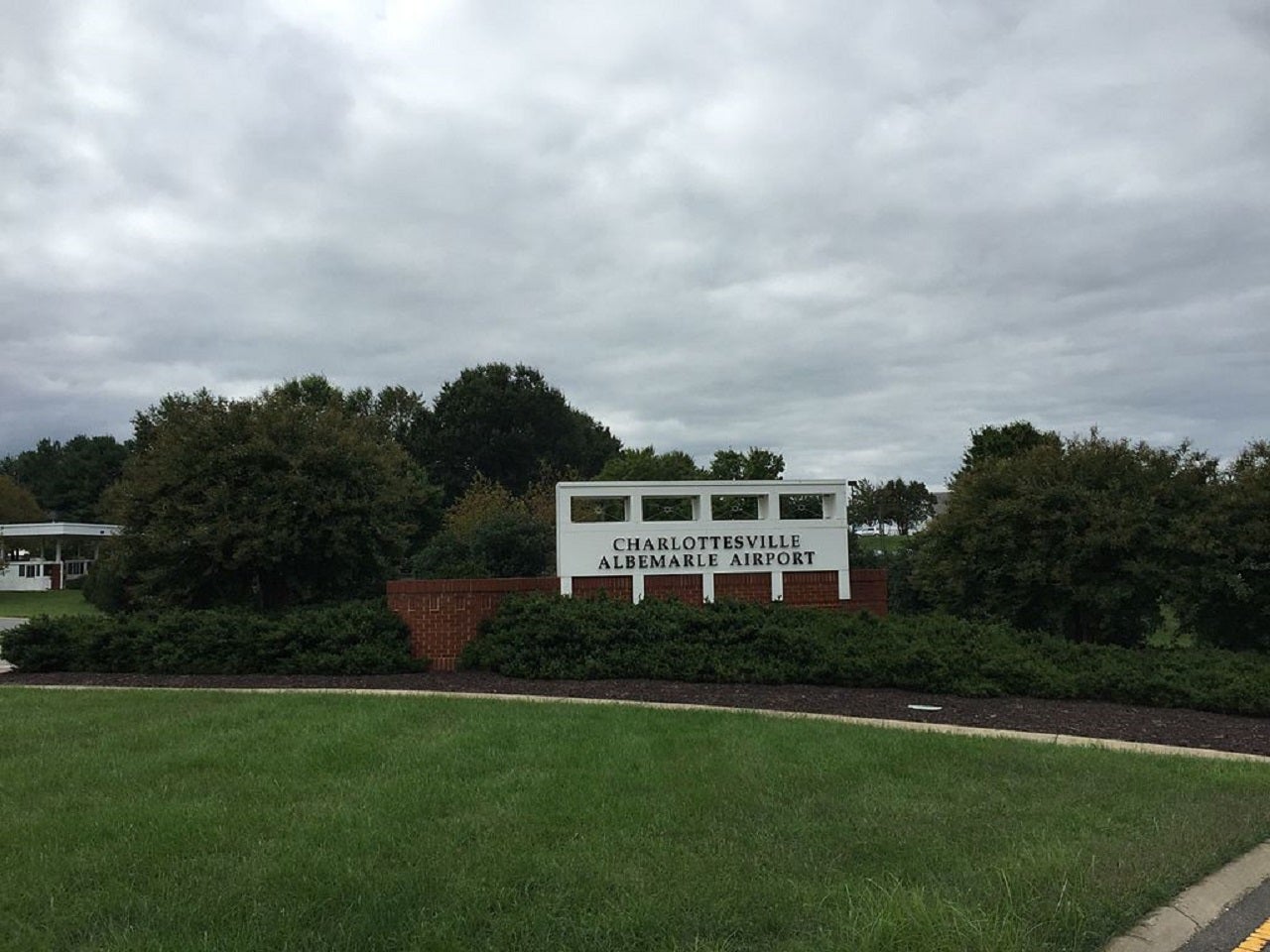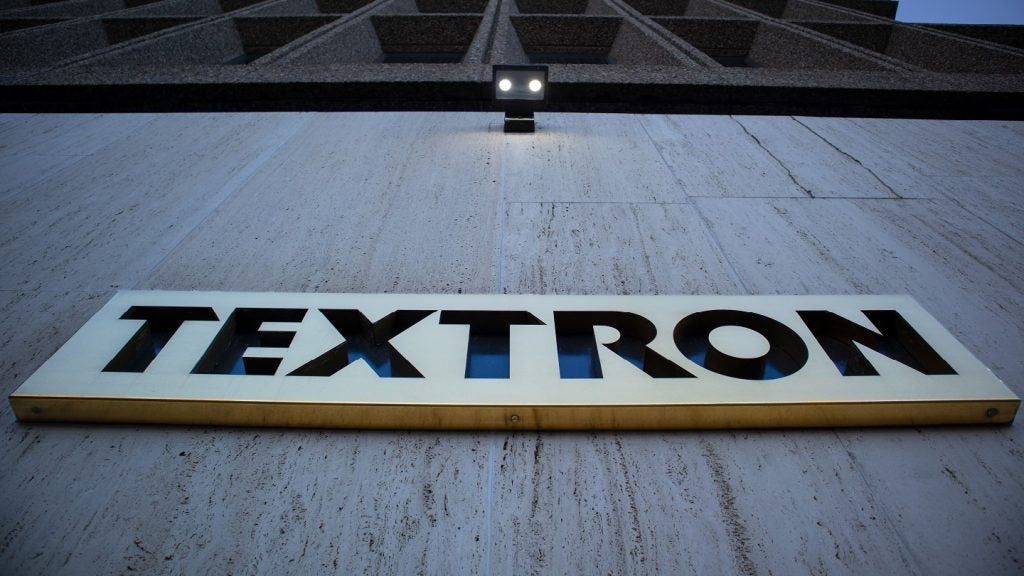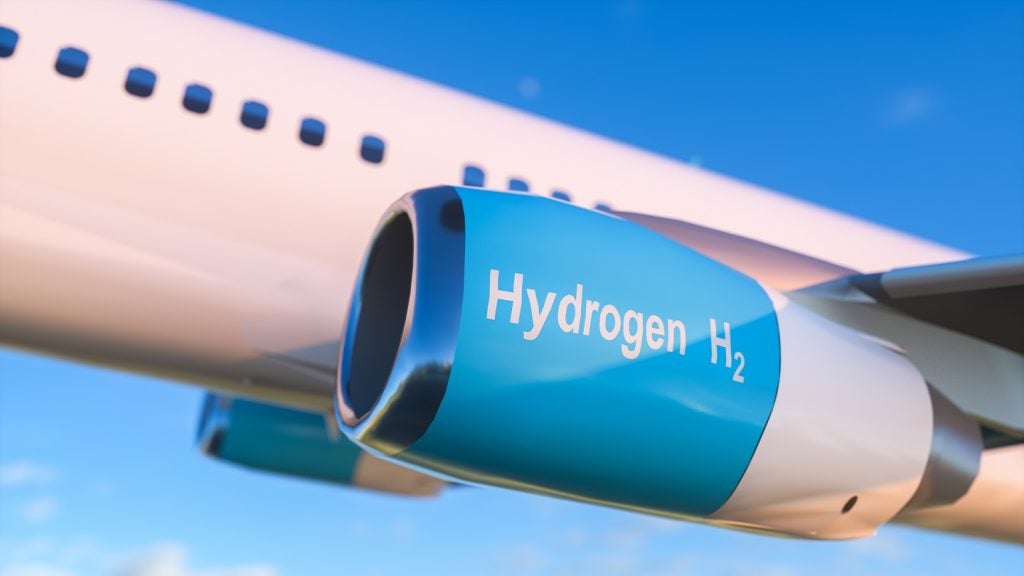
Charlottesville-Albemarle Airport in Virginia, the US, has installed new acrylic barriers at security checkpoints throughout the airport to help prevent the spread of Covid-19.
The protective shields have been installed by the Transportation Security Administration (TSA) in areas where TSA officers typically interact with travellers.
This includes the divesting areas where passengers prepare their carry-on property for X-ray screening, the property search areas and travel document checking podiums.
TSA airport federal security director Chuck Burke said: “The installation of these shields is just one of many initiatives that TSA has put in place with the goal of reducing the likelihood of cross contamination among travellers and employees. These shields provide an additional layer of protection to help reduce the spread of the coronavirus.”
TSA stated that it continues to promote its ‘Stay Healthy. Stay Secure’ campaign designed to advise passengers about airport checkpoint modifications and procedures to contain the spread of Covid-19.
The agency is also promoting social distancing, reduced physical contact between passengers and TSA officers during the process of screening, use of personal protective equipment by TSA officers, as well as extra cleaning and disinfecting at the security checkpoints.
How well do you really know your competitors?
Access the most comprehensive Company Profiles on the market, powered by GlobalData. Save hours of research. Gain competitive edge.

Thank you!
Your download email will arrive shortly
Not ready to buy yet? Download a free sample
We are confident about the unique quality of our Company Profiles. However, we want you to make the most beneficial decision for your business, so we offer a free sample that you can download by submitting the below form
By GlobalDataLast week, TSA deployed credential authentication technology (CAT) and computed tomography (CT) scanners at El Paso International Airport (ELP).
CAT authenticates the validity of travellers’ identifications (IDs), along with their flight information, in near real-time.
At the travel document checking station, travellers are required to hand over their ID to the security officer, who will confirm the authenticity of the document by inserting it in the CAT unit.







